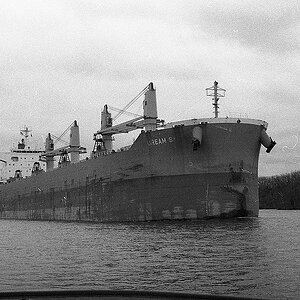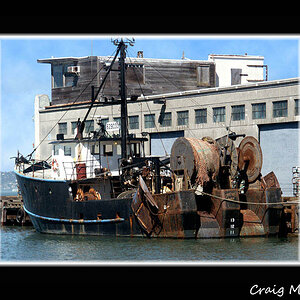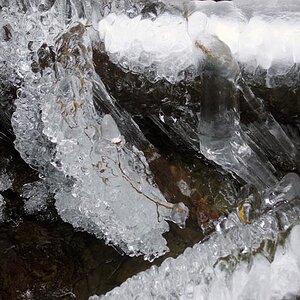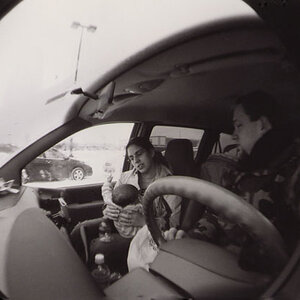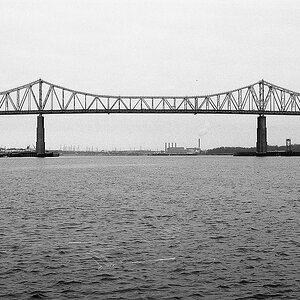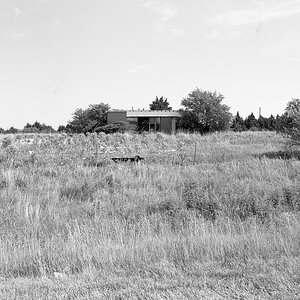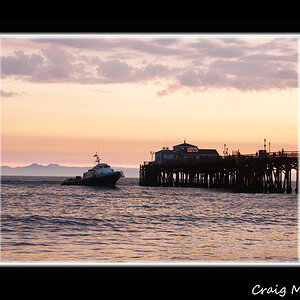AdamZx3
TPF Noob!
- Joined
- Apr 13, 2007
- Messages
- 205
- Reaction score
- 0
- Location
- NE Ohio
- Can others edit my Photos
- Photos OK to edit
Wondering if some of you with more data backup experience could look over my backup plan and see if anything needs changed.
I will be freelancing in graphic design and photo retouching after I graduate this dec. I will need a way to reliably backup and manage my files. I have an old pc which is a 3ghz,with 1gb ram,and about 300gb of disk space. I would like it to be a file server as well as have an FTP server so that people could send in files.
Setup I was thinking of implementing:
HD 1
Windows2000 os files, or possibly linux
HD 2
Partition 1 : 80gb File storage
Partition 2 : 80gb Backup (copy1)
HD 3
Partition 1: 80gb File storage
Partition 2: 80gb Backup (copy2)
Antivirus or at least AVG
Some sort of software firewall
Backups will be Aperture, My archive and projects folders, home folder and bookmarks; As well as an online backup via mozy or jungledisk
I have two disks, should I chance a cheap raid+1 card or just have backup send files to both drives?
Basically I just want to backup files, store old files there and setup a ftp to receive files. Backups will be from a from a powermac and macbook pro if that makes a difference. (will mount a network disk to transfer backups)
I will be freelancing in graphic design and photo retouching after I graduate this dec. I will need a way to reliably backup and manage my files. I have an old pc which is a 3ghz,with 1gb ram,and about 300gb of disk space. I would like it to be a file server as well as have an FTP server so that people could send in files.
Setup I was thinking of implementing:
HD 1
Windows2000 os files, or possibly linux
HD 2
Partition 1 : 80gb File storage
Partition 2 : 80gb Backup (copy1)
HD 3
Partition 1: 80gb File storage
Partition 2: 80gb Backup (copy2)
Antivirus or at least AVG
Some sort of software firewall
Backups will be Aperture, My archive and projects folders, home folder and bookmarks; As well as an online backup via mozy or jungledisk
I have two disks, should I chance a cheap raid+1 card or just have backup send files to both drives?
Basically I just want to backup files, store old files there and setup a ftp to receive files. Backups will be from a from a powermac and macbook pro if that makes a difference. (will mount a network disk to transfer backups)



